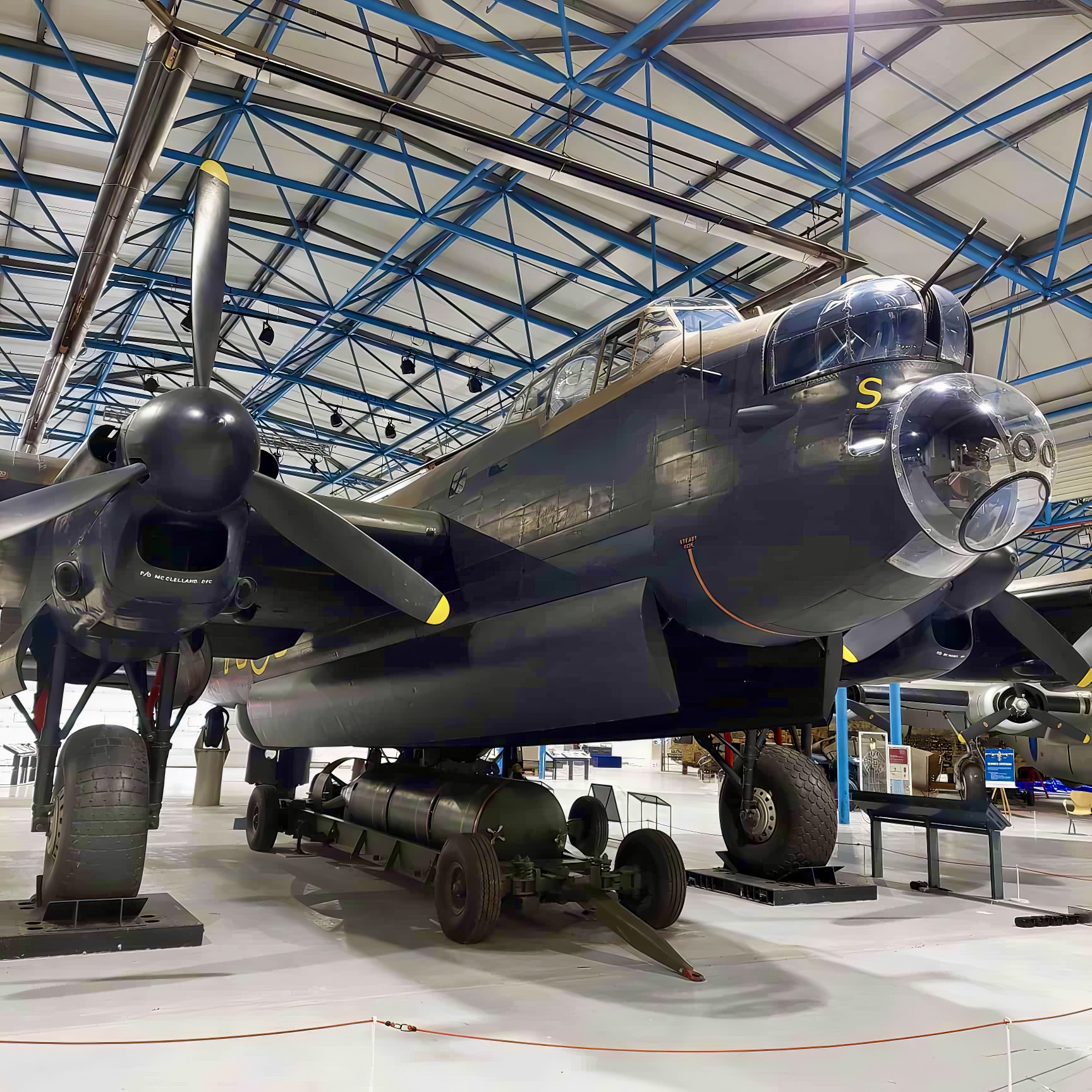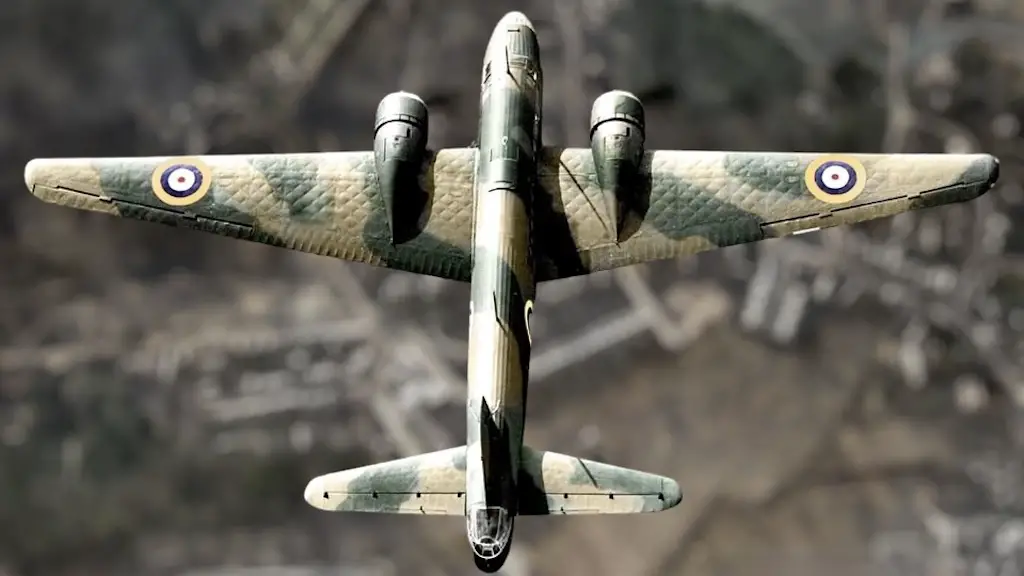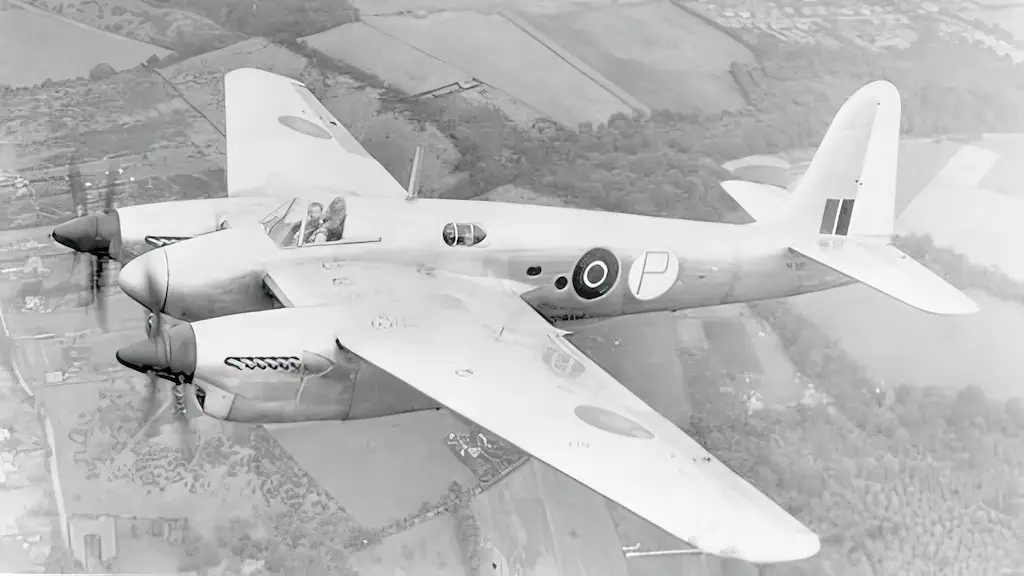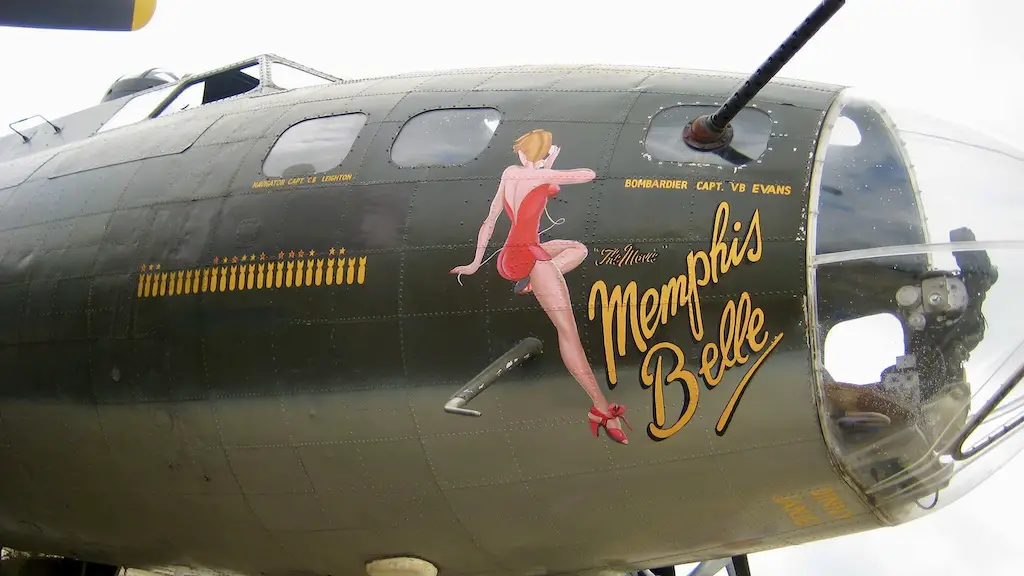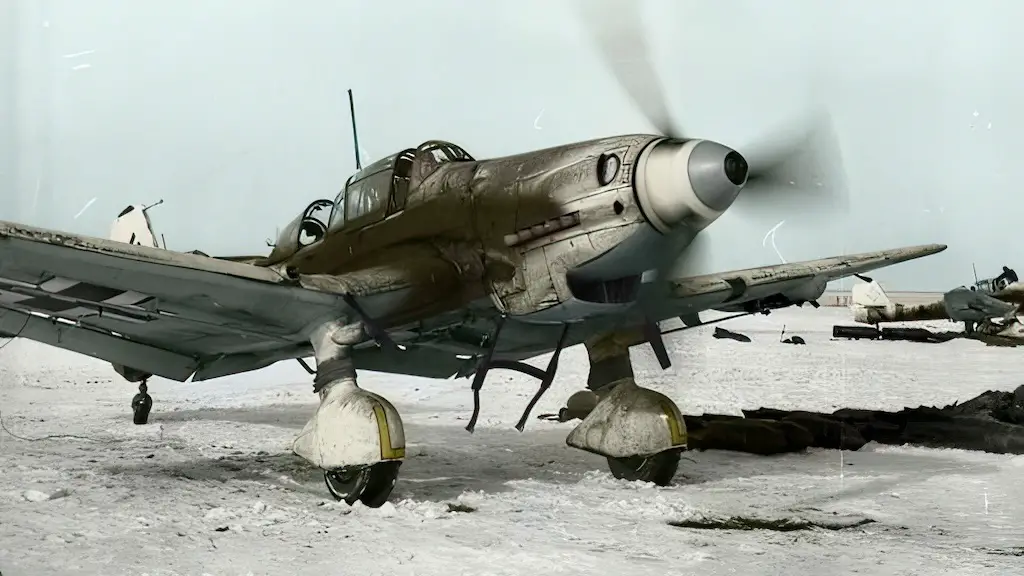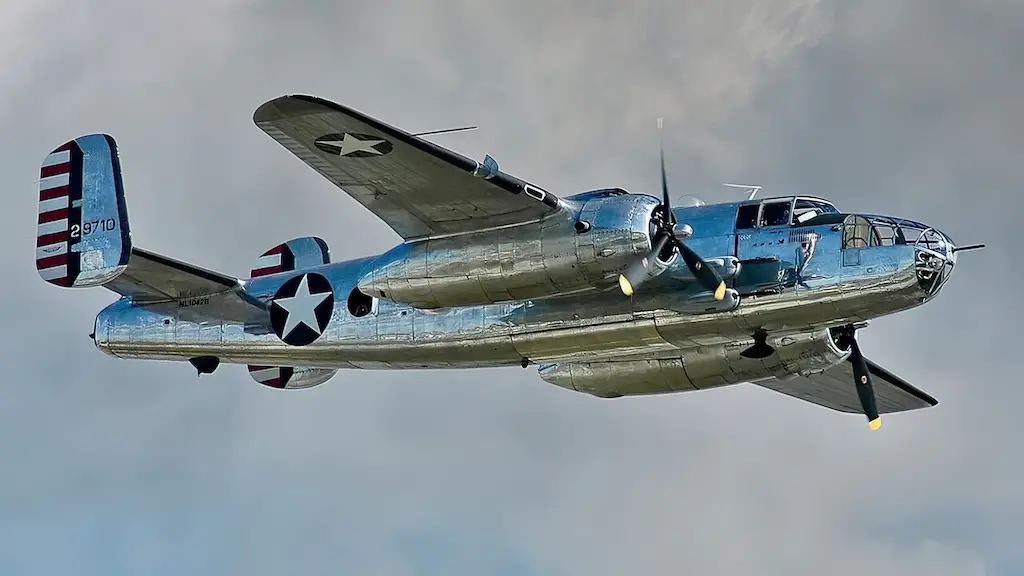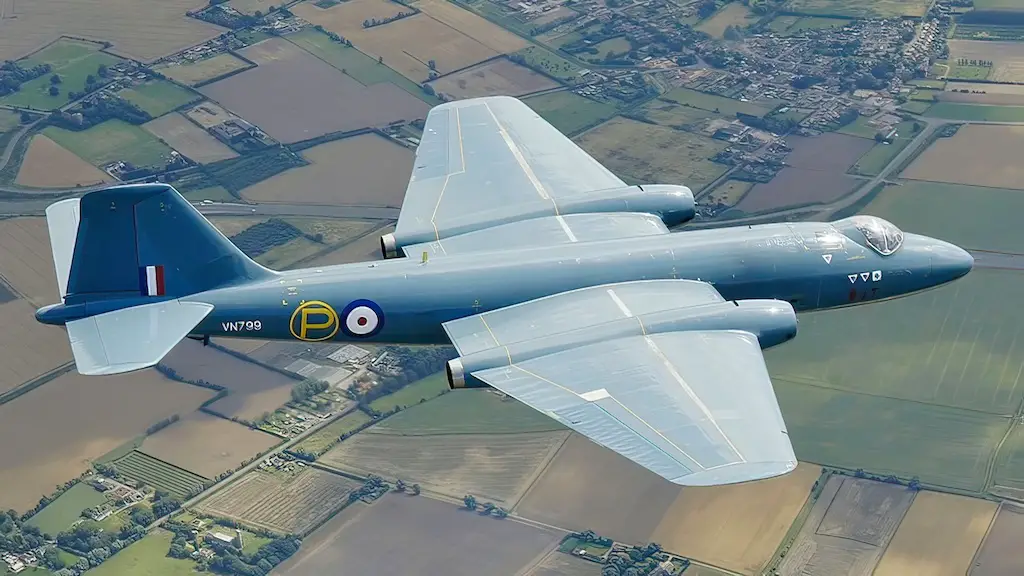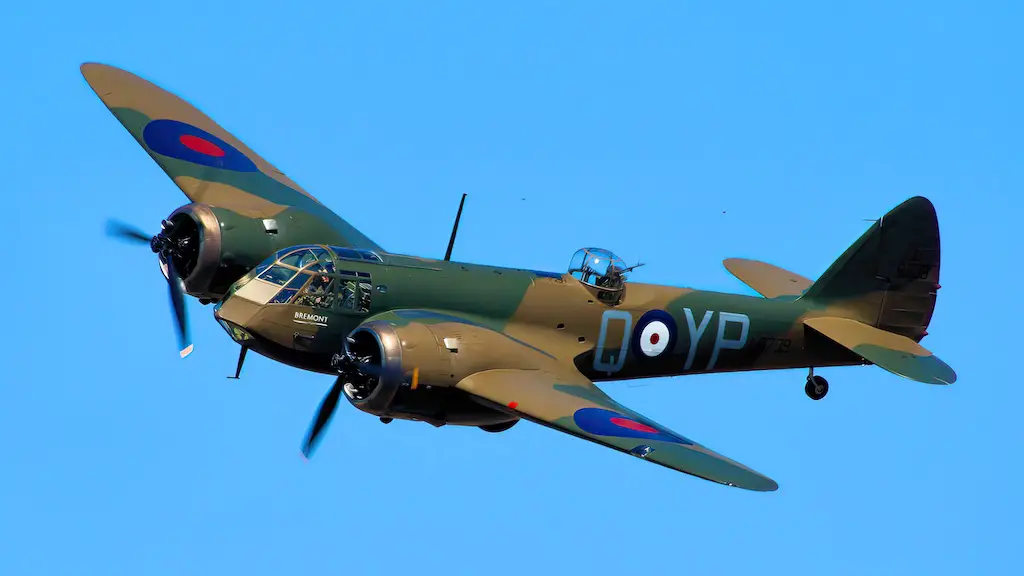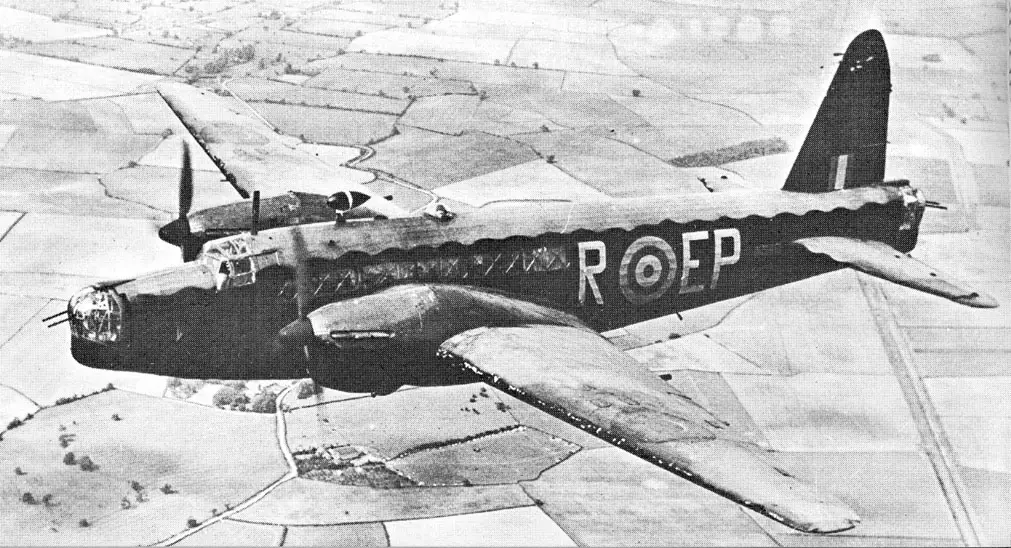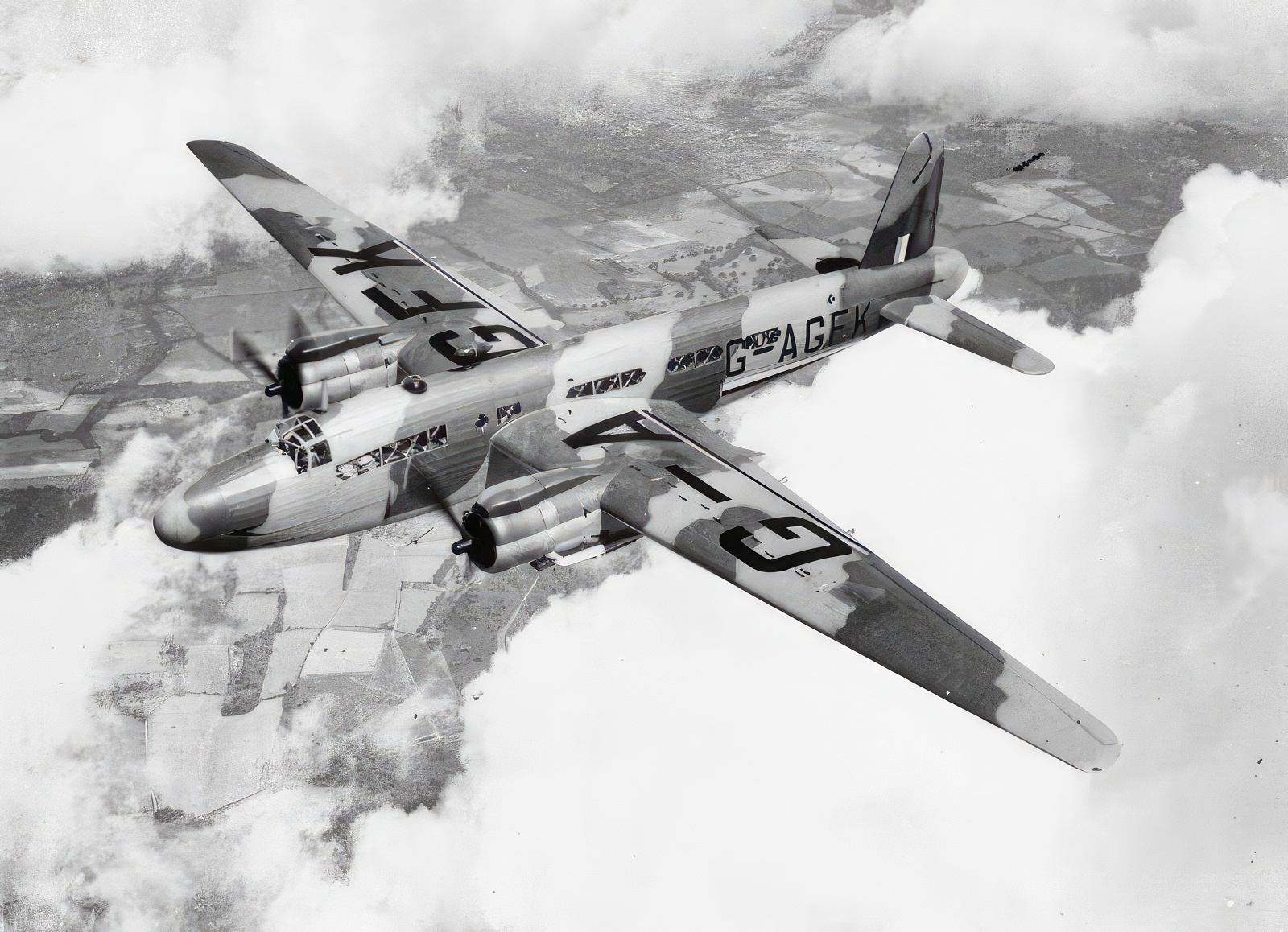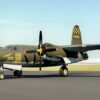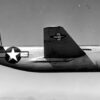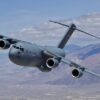Enduring Design
The Vickers Wellington was an exceptional British aircraft during World War II, one of the most produced bombers of its time. A twin-engined long-range medium bomber, its roots trace back to the mid-1930s at Brooklands, Surrey, where it emerged from the brilliant minds at Vickers-Armstrongs, including chief designer Rex Pierson and the innovative Barnes Wallis, who developed its unique geodetic airframe. Beyond its significant military service, the Wellington would later inspire the Vickers Warwick and even be transformed into a civil airliner, showcasing its versatility and enduring design.
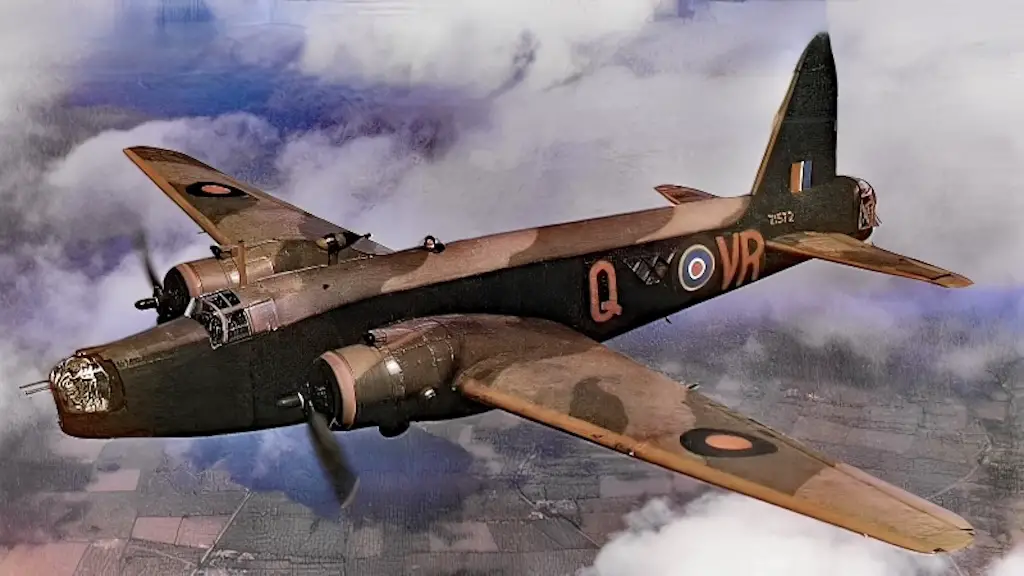
The Genesis
The Wellington’s story began with the British Air Ministry’s 1932 Specification B.9/32, which called for a groundbreaking twin-engine day bomber. Answering the call, Vickers commenced a diligent design study led by Rex Pierson. Barnes Wallis introduced the pioneering geodetic construction for the aircraft’s airframe, providing unprecedented strength and durability.
As the looming clouds of war gathered over Europe, the urgency for a potent bomber force became evident. The Wellington prototype, first designated as Type 271, took to the skies in early 1936. Over time, it underwent considerable refinements, eventually evolving into the iconic Wellington known for its deepened fuselage, lengthened nose, and increased crew capacity.
Power Under the Wings
Initially, the Wellington was equipped with the Bristol Pegasus radial engines. However, as it evolved, it would see various power plant configurations. The Rolls-Royce Merlin engines, Bristol Hercules, and others found their home under the Wellington’s wings, each contributing to different performance characteristics, ranging from speed, climbing rate to operational ceiling.
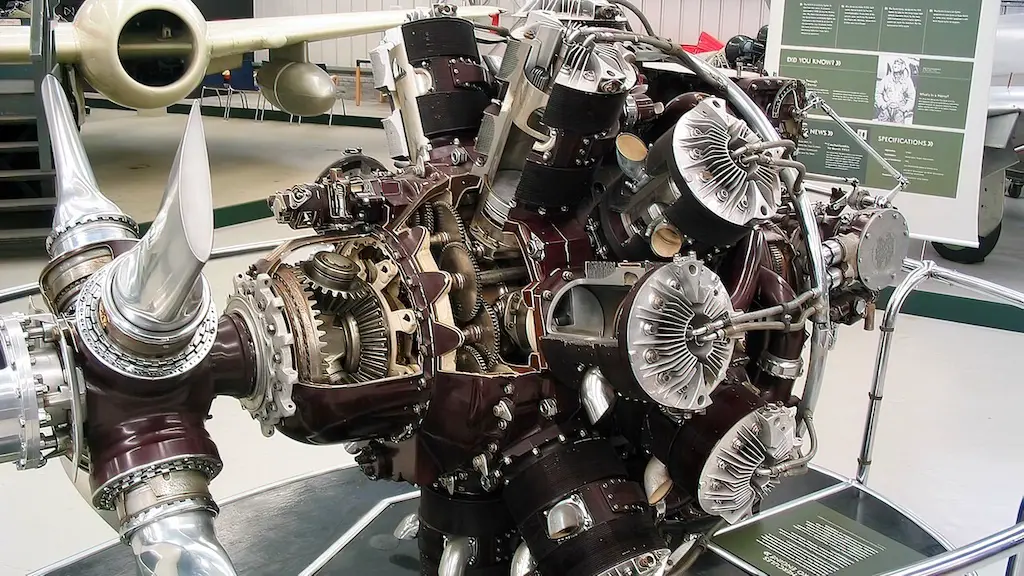
Soaring High
With its high aspect ratio tapered wings, the Wellington displayed remarkable stability in flight. Its geodetic structure not only conferred resilience but also allowed for crucial adaptability to accommodate larger bomb loads, long-range fuel tanks, and even modifications for operating in tropical environments. The Wellington was built to persevere, often returning from missions with substantial damage that would have downed other aircraft, earning it a reputation for near “invulnerability”.
![]()
In the Theatre of War
When war broke, the Wellington took to the skies on crucial bombing raids, engaging German shipping and naval bases. However, initial daylight operations exposed its vulnerability to enemy fighters. This led to a strategic shift to night operations, where the Wellington truly found its stride. It played a crucial role in the historic first night raid on Berlin and the famed 1,000-bomber raid on Cologne.
In various capacities and theaters, from the European skies to the Middle East and the Far East, the Wellington served diligently. Its anti-submarine variant played a pivotal role in the Battle of the Atlantic, while in the Mediterranean, it supported Allied operations as they advanced into Italy.
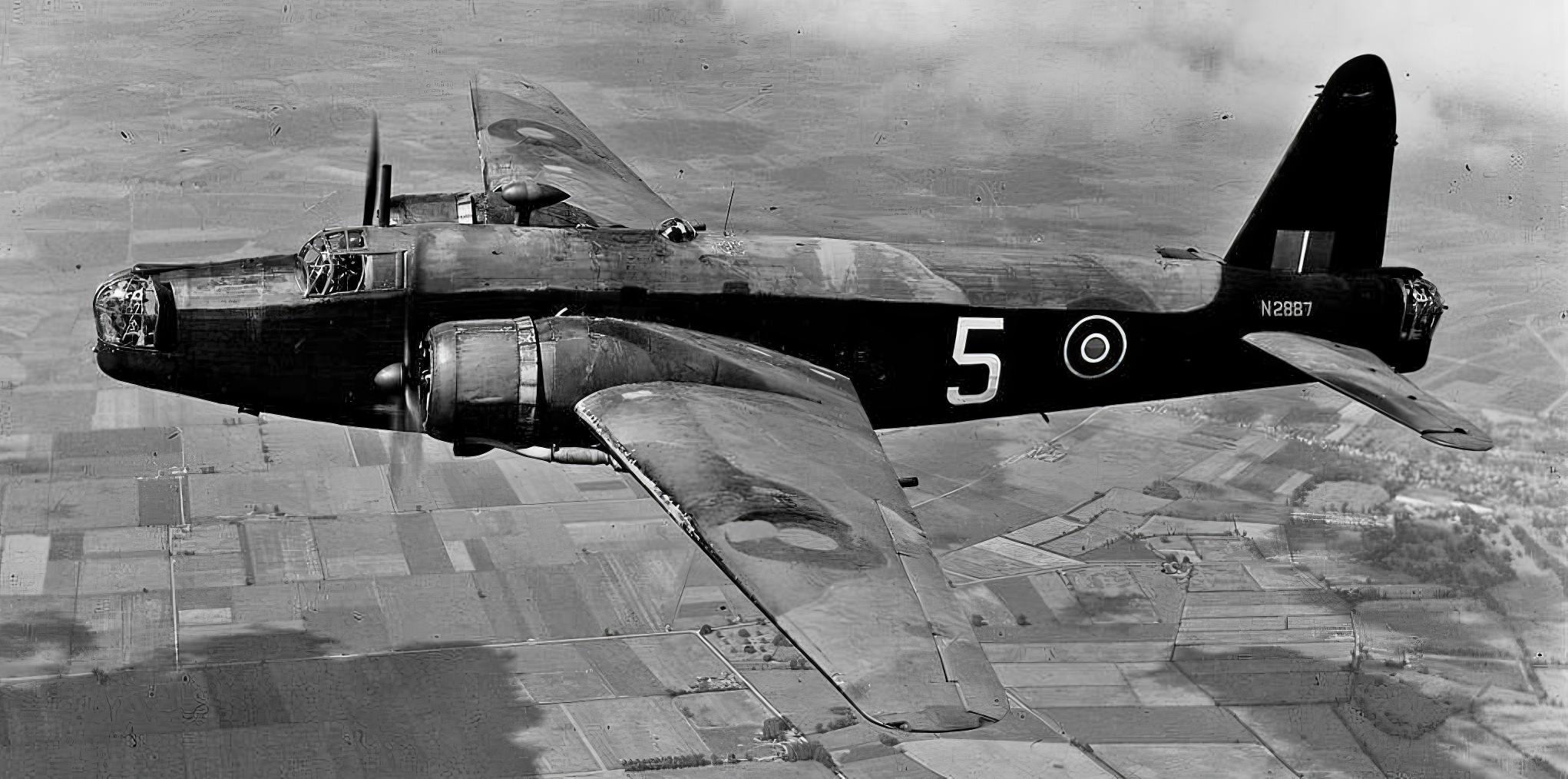
An Enduring Legacy
With a total production run of over 11,000 units, the Vickers Wellington was was a symbol of resilience and innovation. Its geodetic design, operational flexibility, and the legacy of its service in various roles during World War II mark the Wellington as one of the iconic aircraft of the twentieth century.
Today, the surviving pieces of this legendary bomber serve as silent yet potent reminders of a turbulent era, providing insights into the technological and strategic aspects of air warfare in the past century.
